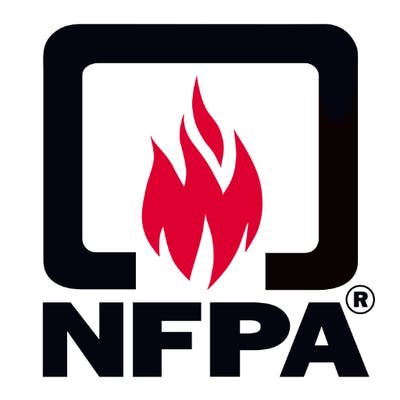There are several factors to consider when determining how much fuel a facility should have stored on site for running a generator.
If the generator serves as a component of an Essential Electrical System (EES) as required for critical care rooms and general care rooms by NFPA 99 (2012 edition) Health Care Facilities Code, Chapter 6, then the licensing authority (typically the state health department) should be consulted for applicable requirements.
“Basic Care” patient rooms in facilities, such as those used for inpatient behavioral health, do not require an EES. However, in many of these facilities, the generator is the alternate source of power for the illumination of the means of egress, emergency (task) lighting, exit lights, and/or the fire alarm system. NFPA 101 Life Safety Code requires these all to have a minimum duration of 1-1/2 hours (Class 1.5) (which may also be from a battery source).
The Joint Commission Emergency Management Standard EM.02.02.09 EP 5 requires that hospitals identify an alternative means for providing “fuel required for building operations, generators, and essential transport services that the hospital would typically provide.” The facility should assess how it would be affected if outside emergency support could not be obtained for 96 hours. This does not mean that they need to have 96 hours worth of fuel on site. The plan could include memoranda of understanding (MOUs) with suppliers to replenish fuel as needed during the emergency period. Additionally, the plan could be to operate without normal branch of power to reduce fuel consumption, to extend run-time of the available fuel. If the generator is used as the backup power source for the life safety branch of the electrical system, the facility should have enough fuel to run the generator for a least 1-1/2 hours for as long as the building is occupied.
America's 100 Most Promising Companies
